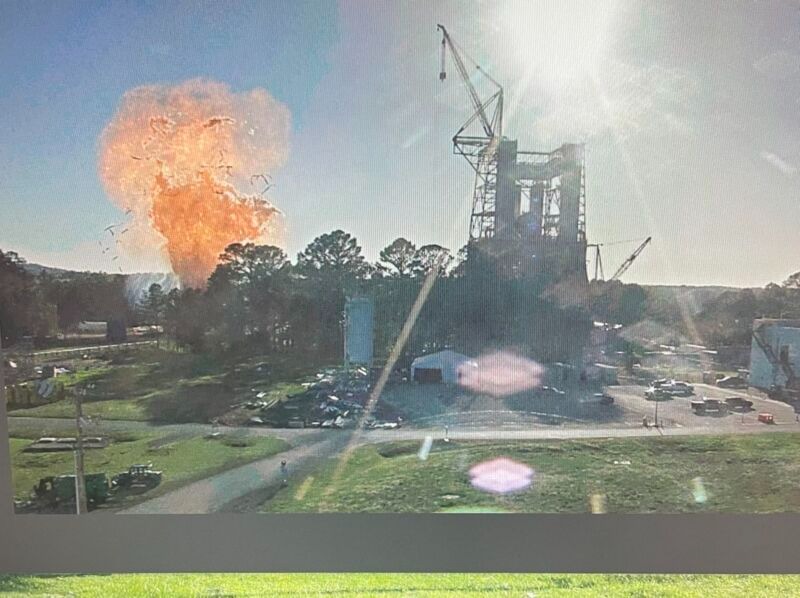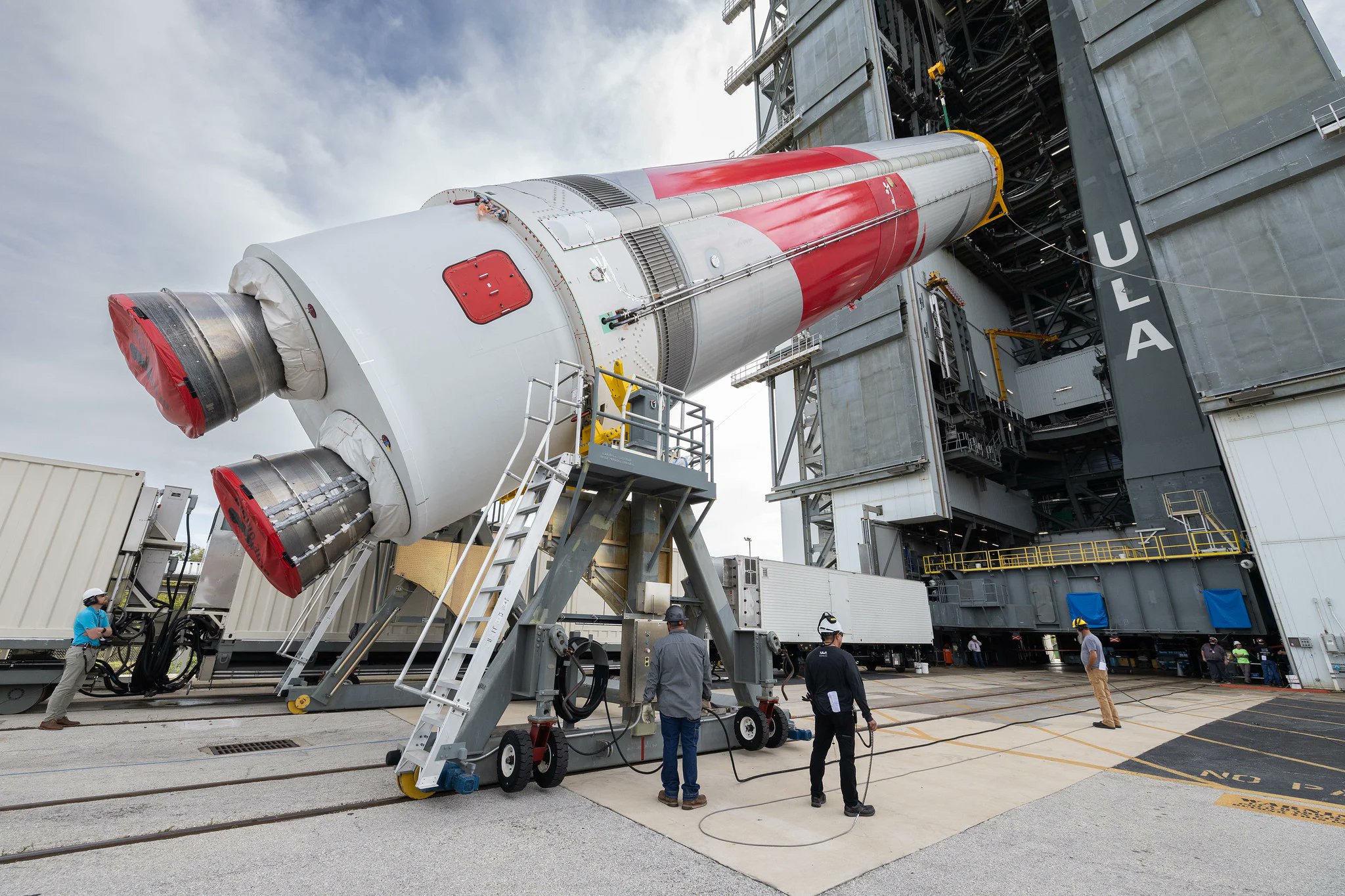The launch operator United Launch Alliance (a joint venture between Boeing and Lockheed Martin) suffered a serious failure during tests at the end of last month. At the company’s test facility at NASA’s Marshall Space Flight Center in Alabama, an explosion occurred with the formation of a huge fireball. A photo from the incident was published by journalist Eric Berger from Ars Technica.

The company reports almost nothing about the incident. But in the photo, it is noticeable how the explosion occurred next to the ULA Vulcan Centaur V launch vehicle and burst into a bright flame due to the leakage of a huge cloud of hydrogen. The blast wave within a radius of several tens of meters lifted debris, dust and parts of the test rig into the air. It was probably this case that caused another delay in the launch of the Vulcan Centaur V launch vehicle, which was postponed to May 4, 2023, and then to the summer altogether.
Regarding last week’s Centaur V anomaly, here’s a photo of the resulting explosion at Marshall Space Flight Center. Good luck to ULA on its investigation and getting the Vulcan Cert-1 mission off the ground. pic.twitter.com/Na6h7VfHSE
— Eric Berger (@SciGuySpace) April 8, 2023
“Most of what you’re seeing is insulation and smaller bits from the test rig. One piece of the hydrogen tank’s dome, about a foot square, ended up a few feet away. The test article is still inside the rig and largely intact, which will significantly help with the investigation,” ULA CEO Tory Bruno wrote in response to Berger’s tweet regarding the image.

Ars Technica sources are more pessimistic, suggesting that such a massive “column of burning pure hydrogen” probably caused more damage than just physical damage to the launch pad and the launch vehicle.
The explosion could cause even more uncertainty to the development of the ULA Vulcan Centaur V heavy launch vehicle. The delay in the delivery of the BE-4 and BE-3U engines from Blue Origin, which United Launch Alliance has been waiting for for years, adds fuel to the fire. More delays are likely to be expected in the future before ULA can send its rocket into orbit for the first time.
Earlier we reported on how the anomaly threatened the flight schedule of the new American rocket.
Follow us on Twitter to get the most interesting space news in time
https://twitter.com/ust_magazine

